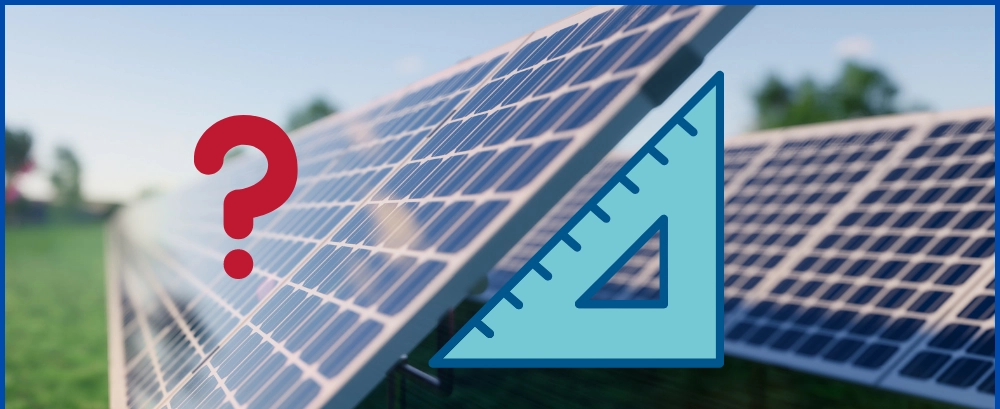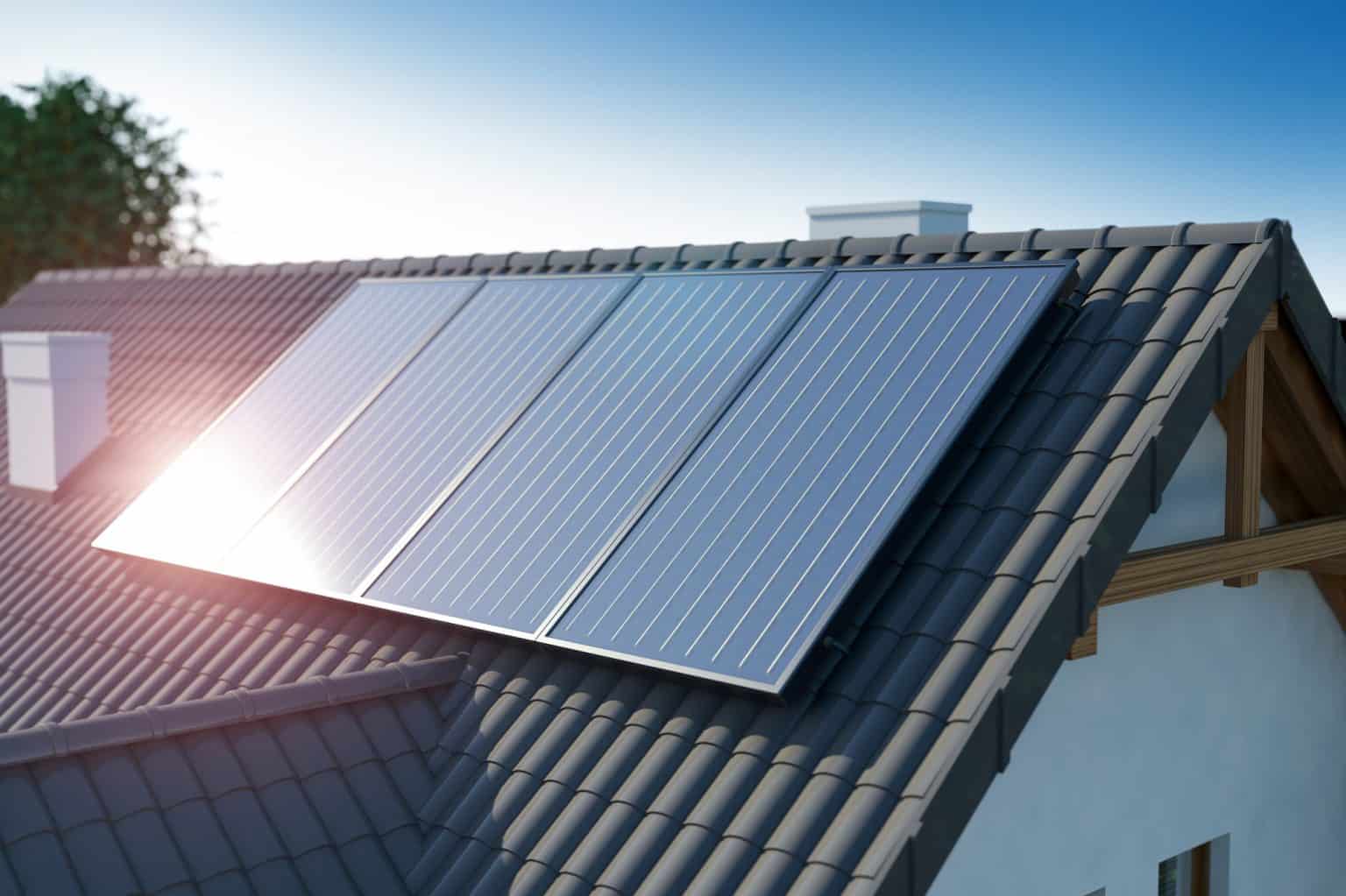Solar Panel Direction And Angle: Does It Matter?
December 21, 2022

Solar Panel Direction and Angle: Does It Matter? Solar energy is gaining popularity as a means of generating electricity for households and businesses. Billion solar panels are in use worldwide, and as nations aim to reduce their CO2 emissions, that figure is only anticipated to grow.
As the cost of solar energy continues to decline without compromising power generation, anticipate an increase in the usage rate of solar panels. Finding the ideal placement for solar panels is a problem that most people and businesses constantly face. If there isn’t much space on your property, it may be difficult to locate the ideal locations for your solar panels.
We’ll share the finest spots in your house or office where your new solar panels can be fully installed as a service to you.
Ideal locations for solar panels
The installation of your solar panels, in addition to choosing the best spot for them, is essential for getting the most out of them by exposing them to as much sunshine as you can. When deciding where to put your solar panels on your property, there are a few things to think about.
The tilt should be considered as the initial variable. The amount of sunlight that your panel can catch and absorb can vary depending on its angle. It’s a good idea to tilt your panels as close to the sun as you can because we live in a country where the sun is out for longer during the warmer months.
Orientation is an additional one. To receive the maximum sunshine, choosing the proper direction is important. For fixed panels, facing south is advised, although depending on where your building is located, that recommendation may alter.
Consult with solar panel installation professionals if you have any more queries regarding the best ways to install solar panels. Here are some pointers to consider when placing solar panels for the time being.
Also Read: Best Solar Panels in Florida
The Best Locations to Install Your Solar Panel
Installing Solar Panels on the Ground
The efficiency of solar energy systems depends on how well the panels can absorb sunlight. Before choosing a ground installation for your solar panel locations, it’s crucial to carefully analyze your property because managing solar panels can be somewhat complicated.
The largest drawback of ground installation is the amount of land you might have to give up in order to use solar energy to power a building. However, compared to panels installed on the roof, upkeep would be simpler.
Before dedicating important land to this project, consider the following questions:
- Is the landscape appropriate for a ground installation? It wouldn’t be a good idea to put it into practice if the land wasn’t sturdy enough to support the weight of the solar panels and the additional hardware required to mount them.
- Is the vicinity of your property prone to flooding? Place no solar panels in areas that are susceptible to flooding during the wet season to avoid future problems.
- Are there any reliable drainage systems nearby? Since these solar panels are used to generate electricity, it’s critical to take proactive measures to avoid any water ponding. Just choose locations where you can additionally install a reliable drainage system to get rid of any water accumulation.
- How far away are the solar panels from the structure they will power? It makes sense that structures farther away from the panels would require more equipment and upkeep. However, certain arrangements might alter your configuration.
Also Read: What are the Pros and Cons of Solar Energy?
Building Integration
If neither solution suits your building, you might want to think about incorporating your business’ solar system into the framework of the construction. It will be difficult to do this, especially with older structures, but it can help you improve the building while still preserving the structure.
It’s interesting to note the building’s features that can be used to produce solar energy:
- The walls of your building. While vertical installation of panels is not recommended, there are some sunny walls that might be good candidates for their placement.
- The rooftops of your building. Many homes and the majority of commercial structures have flat roofs. Although you can install panels on them, you’ll need specialized tools and methods to make the most of the sunshine in the room.
- The windows. If your business is thinking about installing window blinds, think about obtaining solar glazing instead. These customized windows collect solar energy while giving your building’s residents much-needed shade.
Also Read: Top Benefits of Installing Solar Panels on Your Home
Solar Roof Installation
The roof of your home is one of the most noticeable locations for solar panels. Installing them here makes sense because it’s one of the locations where your building is exposed to sunlight the most.
There are many solar panels available that are designed specifically for homes with angled roofs, but their efficiency still depends on the amount of tilt your roofs can give. It would be difficult for the panels to operate to their full potential if your roofs were tilted closer to 90 degrees.
However, it would be beneficial if you pause before moving forward with the roof panel installation and ask yourself these questions:
- Will these panels fit on my roof if there is a room? If there isn’t enough room to install more than a few solar panels, it will be difficult to set up a reliable solar power system.
- Do I have a sturdy enough roof? It would be ideal to take into account the weight of the panels and the durability of the roof because installing solar panels on some roofing types may be more difficult than you believe.
- Is the orientation of my roof correct? The sun is slight to the south of where we are because we are above the equator. Therefore, any area of your roof that faces south might increase the amount of energy your roof collects.
- Does my roof have any shadowed areas? Solar panels are naturally harmed by shadow, and your roof’s shaded parts may limit the amount of energy your panels can produce.
Solar panels: Providing the Future with Energy
Solar energy is fantastic for the environment and for saving money, but if it is placed incorrectly, it could actually increase your costs. To make the most of your solar panels and turn switching to solar energy into a wise investment, be careful to choose the ideal solar panel positions.
Make the Solar Energy Switch Today!
Related Articles:



